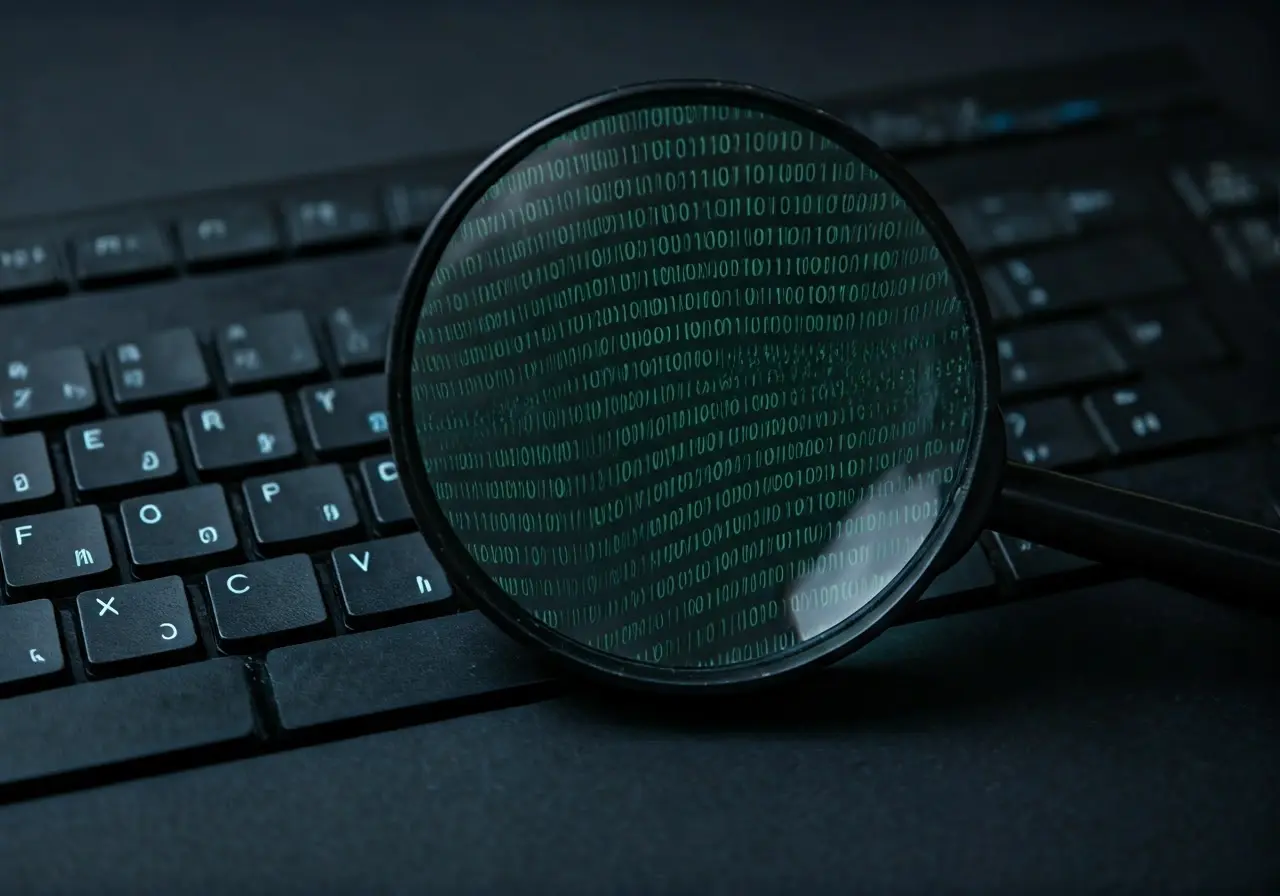What Is the Role of Internal Investigations in Digital Forensics?
In today’s digital age, internal investigations play a vital role in the field of digital forensics. Navigating the complex landscape of digital evidence, these investigations can help organizations understand and mitigate potential risks. This FAQ will shed light on the significance of internal investigations and how they seamlessly integrate with digital forensics.
Understanding Digital Forensics and Its Importance
Digital forensics involves the identification, preservation, analysis, and presentation of digital evidence. Its importance has grown with the increase of technology use in business operations, making it essential for identifying potential security breaches and understanding their impacts.
In the world of digital forensics, the stakes are high. With every byte of data, lies the potential for unlocking crucial information necessary for resolving investigations. It aids organizations in navigating incidents such as data breaches or cyberattacks, where understanding the point of entry and methods used by attackers is vital. This process not only helps in solving crimes or incidents but also in preventing future occurrences by unveiling patterns of attacks and vulnerabilities.
Digital forensics can also support compliance with legal and regulatory requirements, particularly for businesses in industries such as finance and healthcare, where data protection is critical.
The Purpose of Internal Investigations
Internal investigations aim to uncover the truth about suspicious activities within an organization. These investigations can reveal critical details about policy breaches, compliance issues, or other misconduct, leading to informed decision-making and corrective actions.
The primary goal of internal investigations is to protect an organization's assets, reputation, and stakeholders. By identifying and addressing issues early, companies can prevent further damage and demonstrate responsibility and due diligence to regulators and the public.
Internal investigations are often conducted discreetly to ensure the integrity of the process. This enables companies to act swiftly and decisively, minimizing disruption to business operations and maintaining employee morale and trust.
How Internal Investigations Integrate with Digital Forensics
Internal investigations leverage digital forensics to collect and analyze digital data effectively. By utilizing forensic tools, investigators can ensure that evidence is gathered systematically, supporting their efforts to substantiate claims and build strong cases.
Digital forensics provides the technical backbone required to trace digital footprints left by those involved in incidents. This integration ensures that collected evidence is defensible in court and aligns with legal standards and organizational protocols. By doing so, it not only clarifies the sequence of actions but also highlights any deviations from standard procedures.
Through cohesive collaboration between internal investigators and digital forensic analysts, companies can achieve a thorough understanding of incidents. This holistic approach helps in drawing accurate conclusions and formulating effective strategies to prevent recurrences and enhance security measures.
Tools and Techniques in Digital Forensic Investigations
Tools like disk imaging software, network forensic tools, and data recovery applications play a crucial role in digital investigations. Techniques used involve strict evidence handling protocols to maintain the integrity of digital evidence, making sure it stands up in any legal proceedings.
One critical aspect is real-time monitoring, which allows investigators to capture data as it happens. This proactive approach aids in quickly identifying and neutralizing threats before extensive damage occurs.
Another significant tool is the use of hash algorithms to verify the authenticity of data. By comparing hash values, investigators can confirm whether data has been altered, thereby enhancing the reliability of the gathered evidence.
Case Studies Highlighting Successful Internal Investigations
Real-world examples demonstrate the efficacy of internal investigations within digital forensics. These cases reveal how coordinated efforts between teams can uncover fraud, data breaches, and employee misconduct, safeguarding organizational interests.
Consider a multinational corporation that experienced a significant data breach. Through internal investigation and digital forensics, they determined the breach resulted from an employee exploiting vulnerabilities within their IT systems. Beyond resolving the incident, this case led to strengthened security protocols and an overhaul of employee training programs on cybersecurity awareness.
In another case, a healthcare organization utilized digital forensics to investigate suspicious data access patterns. The investigation revealed attempts at unauthorized access, prompting the company to enhance its authentication benchmarks, protecting sensitive patient data more effectively.
Summing Up the Role of Internal Investigations
Internal investigations serve as the backbone of digital forensic processes, offering critical insights and guiding organizations towards effective resolution. By understanding their role, companies can enhance their digital security posture and ensure a more secure and compliant operational environment.

